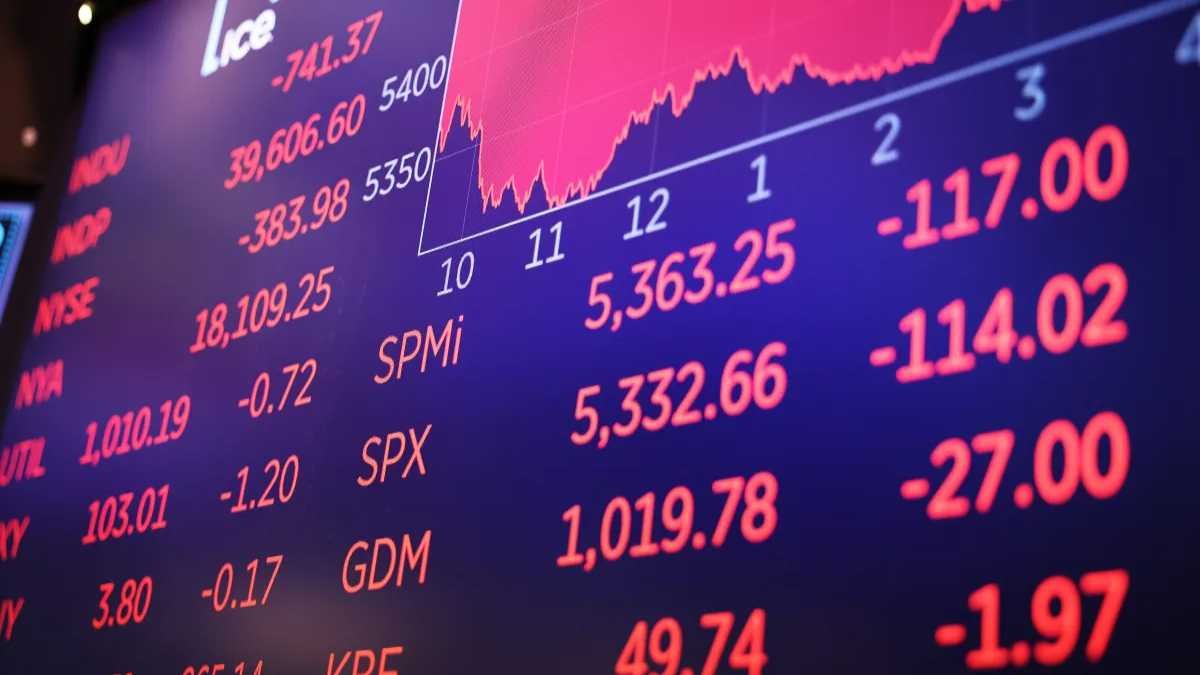Monetary policy is a crucial tool used by central banks to regulate a nation’s economy. It involves managing money supply, interest rates, and credit availability to ensure economic stability and growth. Governments and central banks, such as the Federal Reserve in the United States or the Reserve Bank of India, implement monetary policy to control inflation, stabilize currency, and foster economic development.
Understanding Monetary Policy
Monetary policy refers to the process by which a central bank manages liquidity to achieve sustainable economic growth. It is typically classified into two categories: expansionary and contractionary policy. Expansionary policy aims to stimulate economic activity by increasing money supply and lowering interest rates, while contractionary policy seeks to curb inflation by tightening the money supply and raising interest rates.
Objectives of Monetary Policy
The primary objectives of monetary policy vary across countries but generally include:
- Controlling Inflation: Maintaining price stability is essential for economic growth. High inflation erodes purchasing power, while deflation can lead to reduced consumer spending.
- Ensuring Economic Stability: A stable economic environment encourages investment and business growth.
- Promoting Employment: By influencing interest rates, central banks can help maintain optimal employment levels.
- Regulating the Money Supply: Controlling the flow of money helps prevent economic overheating or stagnation.
- Stabilizing Currency: A stable currency is vital for international trade and investment confidence.
Tools of Monetary Policy
Central banks use several instruments to implement monetary policy effectively. These include:
- Open Market Operations (OMO): Buying and selling government securities in the open market to regulate liquidity.
- Interest Rates: Adjusting the benchmark interest rates to control borrowing and lending activities.
- Reserve Requirements: Setting minimum reserve levels that commercial banks must hold, affecting their lending capacity.
- Monetary Policy Instruments: Direct measures such as credit controls and moral suasion, where central banks persuade financial institutions to align with policy objectives.
- Liquidity Adjustment Facility (LAF): Used in some countries like India to manage short-term fluctuations in liquidity.
Types of Monetary Policy
1. Expansionary Monetary Policy
This type of policy is employed during economic slowdowns to stimulate growth. It involves lowering interest rates, reducing reserve requirements, and purchasing government securities to increase the money supply. The goal is to encourage borrowing, spending, and investment.
2. Contractionary Monetary Policy
Used to curb high inflation, contractionary policy involves increasing interest rates, selling government bonds, and raising reserve requirements. This helps reduce excessive money supply and control inflationary pressures.
Impact of Monetary Policy
Monetary policy affects various aspects of an economy:
- Inflation Control: By adjusting interest rates, central banks can curb excessive inflation or stimulate economic activity in deflationary conditions.
- Economic Growth: A well-balanced monetary policy fosters sustainable growth without causing financial instability.
- Exchange Rates: Interest rate adjustments influence currency values, impacting trade balances and foreign investment.
- Employment Levels: Changes in monetary policy affect business investments and employment opportunities.
Case Studies and Examples
1. The U.S. Federal Reserve’s Response to the 2008 Financial Crisis
The Federal Reserve adopted an expansionary monetary policy by lowering interest rates to near-zero levels and introducing quantitative easing (QE) to inject liquidity into the financial system. This helped stabilize the economy and support recovery.
2. India’s Monetary Policy During COVID-19
The Reserve Bank of India (RBI) implemented aggressive rate cuts and liquidity measures to support businesses and individuals affected by the pandemic, ensuring financial stability and economic revival.
Monetary policy remains a powerful economic tool that influences inflation, employment, and overall economic health. Central banks must strike a balance to ensure long-term stability while addressing short-term economic challenges. Understanding monetary policy helps businesses, investors, and individuals make informed financial decisions.



